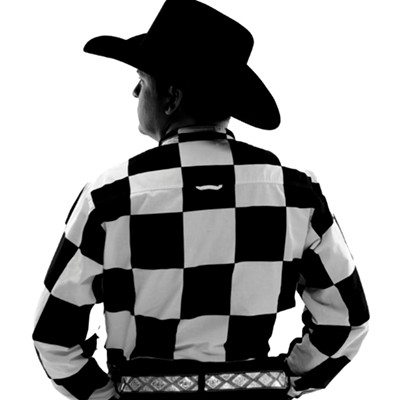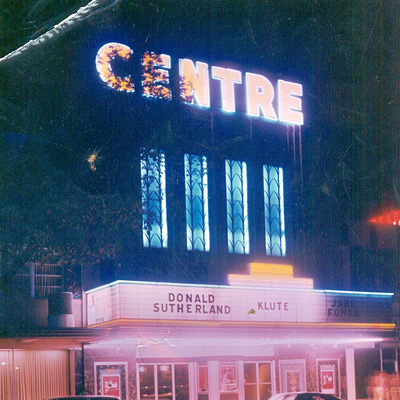Man-versus-nature tales don't get more elemental or harrowing than the real-life one involving Aron Ralston. You might not recognize the name, but you probably know the incident for which he's famous.
In May 2003, Ralston was mountain climbing in a remote section of Utah when, in a freak accident, a boulder crushed his right hand and wrist. Trapped for five days with little food and water, the 27-year-old eventually freed himself by using a dull pocketknife to cut off his own arm.
It's a jaw-dropper of a story, certainly, but not necessarily surefire material for the multiplex. Much could have gone wrong in the cinematic adaptation of Ralston's 2004 memoir, "Between a Rock and a Hard Place." It could have been too excruciating or too sanitized, too sensationalized or too tedious. And so it's really something of a miracle that, instead, "127 Hours" is a work of great filmmaking.
Director Danny Boyle ("Slumdog Millionaire") is a dazzler with visuals, and he makes full use of his bag of tricks here, employing everything from split screens and hyperkinetic edits to oblique angles and camera movements that spit in gravity's eye.
But such flamboyance is not just a case of directorial indulgence (which cannot be said of all Boyle's movies). The stylistic flourish reflects the rapturous spirit of Ralston, who, as played by James Franco ("Eat Pray Love") is an adrenaline junkie, albeit a charismatic one.
Franco's Aron makes for an appealing protagonist, particularly fortunate since the actor appears in nearly every frame. Exuding a roguish charm and humor that either stem from supreme confidence or just plain solipsism, he is a fascinating hero.
Early on, he meets two female hikers (Kate Mara, "Iron Man 2," and Amber Tamblyn, "The Sisterhood of the Traveling Pants 2") who are lost. He helpfully leads the pair through a shortcut equal parts terrifying and spectacular. "You're batshit!" observes one of the hikers in a tone that makes it evident she means no insult.
Most of "127 Hours," however, skimps on peripheral characters. At the film's core is Aron pitted against the rock that smashes his hand and traps him in a forgotten crevice of Blue John Canyon. Armed (ahem) with a few tools and a camcorder, the young man spirals through an existential journey in which his waking horror is interspersed with memories and febrile imaginings.
These stream-of-consciousness scenes are a wonder of stutters and bursts, capturing the insanity of his predicament and the genuine reassessment of a lifetime spent keeping people at (ahem) arm's length.
The climactic amputation is as disturbing as you would expect, and Boyle ups the ante with a deliriously inventive sound mix that makes audiences aware of every severed nerve (think a nightmare version of the board game Operation).
Still, the scene is vital viewing and, perhaps ironically, wholly triumphant. Smart, sly and inspiring in a way that eludes most wannabe inspirational pictures, "127 Hours" is not to be missed. —Phil Bacharach







